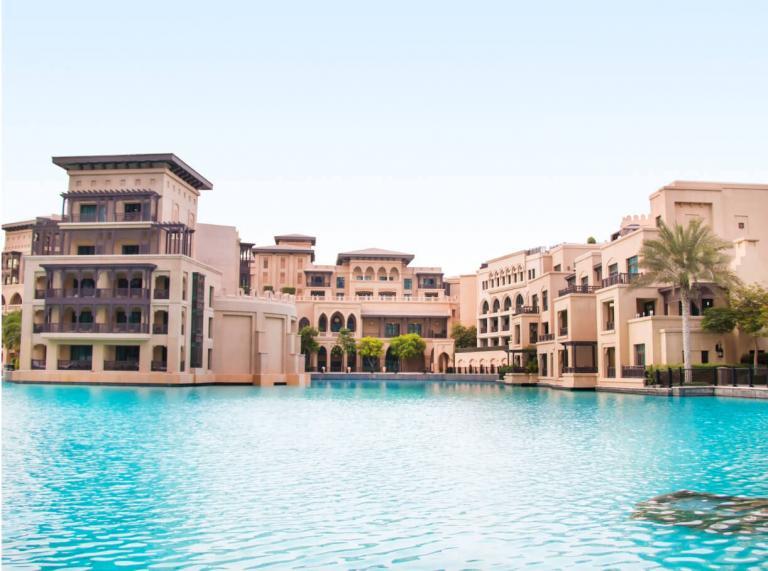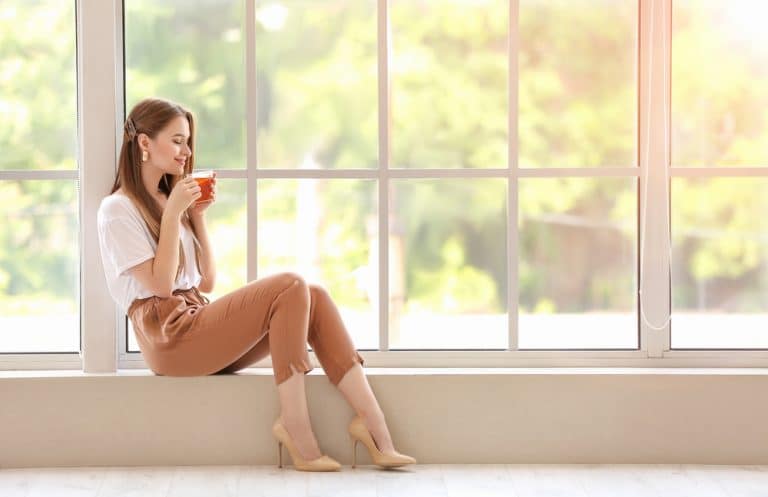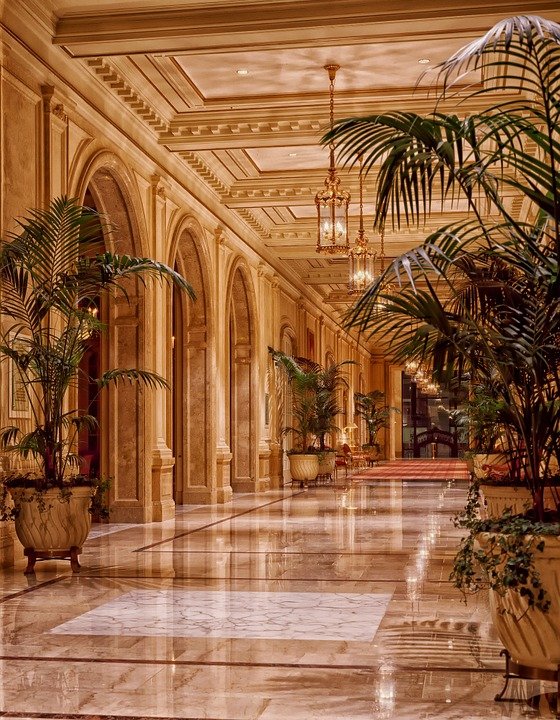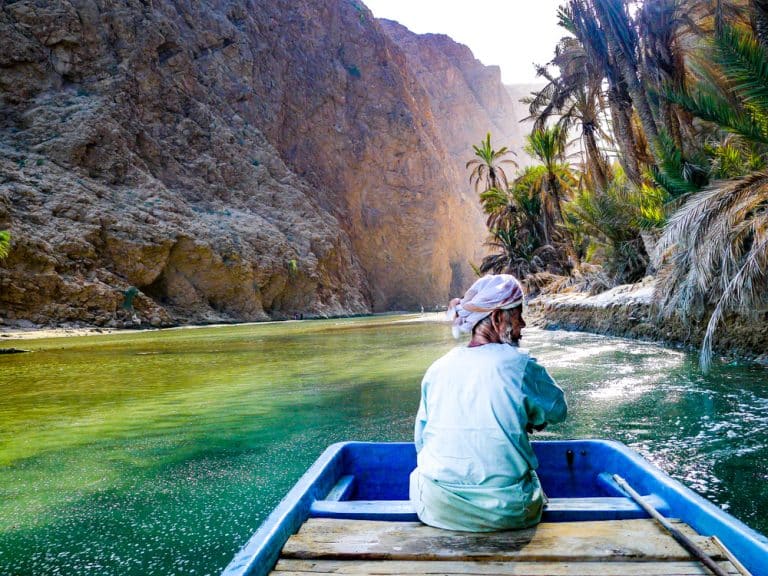Do Not Forget to Buy These 5 Souvenirs from Oman
Owing to improved tourist facilities and eased visa rules, Oman is fast becoming a hot tourist destination in the Middle East. Having a diverse landscape and liberal code of conduct, a large number of tourists flock here every year on a regular basis. Your trip to Oman can be one of the most enthralling experiences of your lifetime, but you can keep your memories cherished for long by bringing some souvenirs from there. When you return from your Oman trip, your loved ones back at home will definitely ask what have you brought for them from the land of Arabs. So, here we are enlisting the top 5 souvenirs you must not forget to buy from Oman.
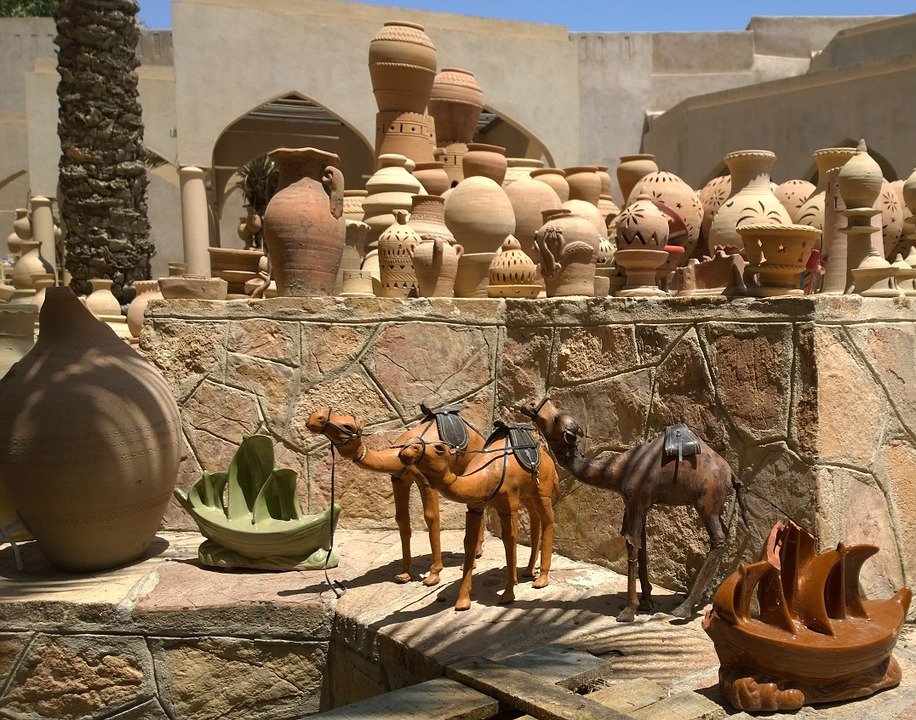
Apply today and get your Omani e-Visa by email!
- Pottery items: People of Oman have been involved in pottery making for more than four centuries. In earlier times, pottery items used to be essential tools for everyday use, but now, they are extensively used as showpieces at homes, restaurants, hotels, gardens and other such places. The soil present in the wadi area is laden with red clay that can be successfully used to make strong and fine clay utensils. While brams, khuroos and jihals are the most popular items, you can find a huge variety of pottery items in any local markets and souqs in Oman. While jihal is a traditional item with a beak traditionally used for storing water, khuroo is a round utensil with flat base often used for storing dates, syrup and honey. Brams are stronger and thicker and are often used for cooking purposes. While many pottery artists in Oman still use their magical fingers to create these pottery items in traditional ways, some pottery workshops also make use of modern gas and electrical ovens. So, if you are looking for something in Oman to take back home, have a hand on some pottery items out there.
- Frankincense: Dhofar, situated in southern part of Oman, is one of the very few places on the globe where Boswellia sacra, the Frankincense trees, thrive and survive. These are humble trees that manage to grow just in a desert or out of a rock. But the resin/sap does not start producing until the tree is 8-10 years old. So, it’s a kind of rarity. But Omani Frankincense is considered to be one of the best in the whole world. When burnt on coal, it produces smoke that is perfect to scent one’s house and clothes. It is also effective in repelling insects, and it is also believed to ward off any jinns. The smoke smells very much like pine, but better than citronella. So, if you are in Oman, don’t miss buying some Frankincense for your home and for your loved ones. In many countries, the smoke of Frankincense is believed to eliminate any negative energy and purify the surroundings.
- Omani dates: Fardh, Khunaizi and Khalas are the most delectable varieties of dates produced in Oman, though there are over 250 date varieties that grow there. During a harvest season, Al Nagal and Ash Patash are the first to appear in the market, but they are not as sweet as the ones that appear later. Al Khunaizi dates are sweetest in taste, Al Khalas are the most delicious, while Al Khasab and Al Mebselli are also sugary. Oman is involved in the production of both table dates and manufacturing dates. Table dates include Khalas Al Dhahira, Khasab, Fardh, Khaneezi and Abu Naranja, all of which are suitable for human consumption in raw form. On the other hand, manufacturing dates like Shahl, Salani, Mabsali and Umm al Sala can be consumed by human only after processing. These dates are often given to animals as fodder. With so many date varieties being produced in Oman, 78% of the country’s fruit cultivated land is dedicated to the cultivation of date palms. So, while in Oman, try a few date varieties and bring home the one that you love the best.
- Dagger (Khanjar): If you look at the national emblem of Oman on the country’s national flag, you will notice the dagger in it. Undoubtedly, dagger, locally known as khanjar, is the symbol of Oman’s pride and history. It appears on all Omani banknotes and coins, official documents, hospitals, universities, schools, school books, official buildings, army cars, police cars, courts, ministries, etc. Men of Oman also wear it around their waist in a belt on festivals, social events, funerals, weddings and formal occasions as part of their tradition. The blade of the dagger can be made up of silver, gold, brass or copper, while handle can be made up of rhinoceros horn, elephant tusk or ivory. However, the price can be significantly reduced by making the handle from plastic, wood or camel bone. The hilt and sheath can be extensively decorated and engraved, based on which the price can increase. You can bring one from Oman to keep as a memory or gift to your loved ones.
- Silver craft: Silver forms a diverse range of Omani craft. Silver craft in Oman not only includes jewelry, but also encompasses weapons, household items, khanjar, coffee pots, belts, rings and others. Silver items were often given to a bride as dowry in a chest to build her own wealth. This chest served as a kind of insurance and financial security to the woman for her entire life. Silver jewelry served as a portable bank account for the women. They used to wear them all the time, and exchanged them for goods in times of need. Whenever the woman needed money, she could sell these silver items and use the money at her discretion. Omani women still use their silver items for their financial funding and security. You can buy some silver items from Oman and use them for jewelry, decoration or funding purposes.
Not sure if you can apply for your online Omani e-Visa? See all the requirements here.
So, these are the top 5 souvenirs you must take from Oman. These are allowed to bring from the country, which means that you don’t need to worry about the customs either. Bring a few of them and keep them cherished forever. Even when you gift them to someone, they will have them as a keepsake from Oman and thank you with their heart.
See also: Can you get an Oman Visa at the Border?

